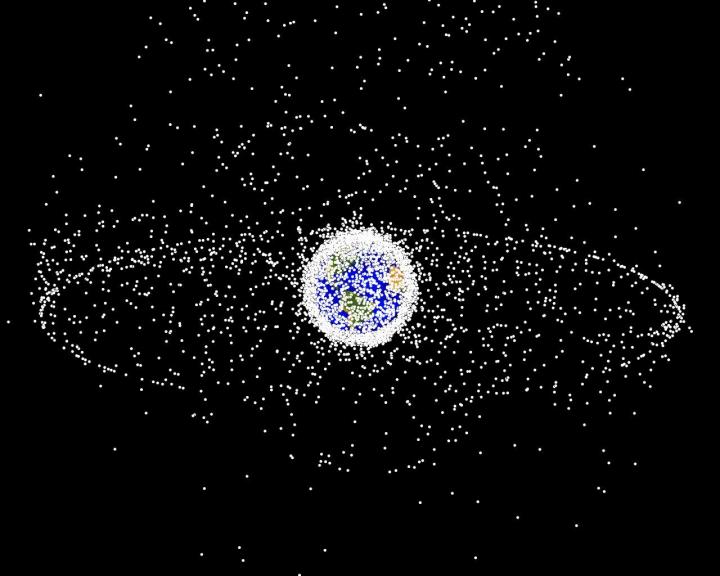Chinese satellite narrowly avoids collision with debris from Russian explosion
The ‘extremely dangerous encounter’ occurred when satellite missed a debris piece by 14.5 metres

A Chinese scientific satellite narrowly avoided colliding with debris from Russia’s anti-satellite test that had created thousands of pieces of space junk.
The “extremely dangerous encounter” took place on Tuesday, when China’s Tsinghua Science Satellite missed a piece of debris from the Russian test by 14.5 metres, said China’s National Space Debris Monitoring Centre, an arm of the country’s National Space Administration space agency.
The space debris (No 49863) is believed to have come from Russia’s anti-satellite weapon test in November.
The test had taken out a long-defunct Soviet intelligence satellite, creating thousands of pieces of space debris.
It had even posed a risk to astronauts aboard the International Space Station (ISS).
Following the missile test, the US Space Command had also issued a warning that the debris cloud generated by the missile test would have “long-lasting impact to all space-faring nations”.
Nasa had said in a statement following the test that astronauts and Russia’s own cosmonauts aboard the ISS were forced to take emergency procedures for safety.
“The test so far has generated more than 1,500 pieces of trackable orbital debris and will likely generate hundreds of thousands of pieces of smaller orbital debris,” the US Space Command had said.
Leaders from several countries, including the UK, had condemned Russia’s missile test and urged the country to behave responsibly and not weaponise space.
The risk of debris penetrating the ISS – which completes about 6,000 orbits around the Earth each year – had doubled from one in 50,000 orbits before Russia’s test to one in 25,000-33,000 orbits, Nasa ISS programme director Robyn Gatens was quoted as saying on Tuesday by space news portal spacepolicyonline.com.
“If there is [a possibility of collision] we need to quickly notify our satellites and make some evasive manoeuvres in advance to avoid these debris. This is the most feasible method at present,” Liu Jing, a space debris expert and deputy director of the CNSA debris centre, told the state-run Global Times newspaper.
Join our commenting forum
Join thought-provoking conversations, follow other Independent readers and see their replies
0Comments